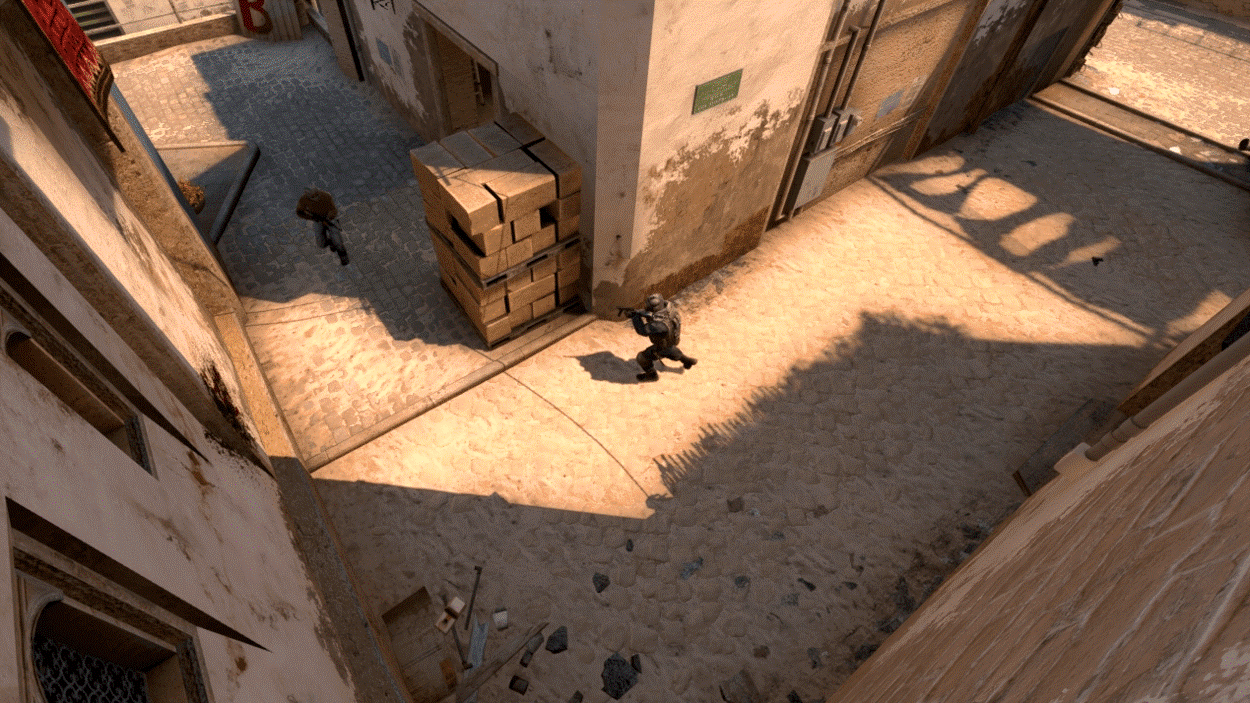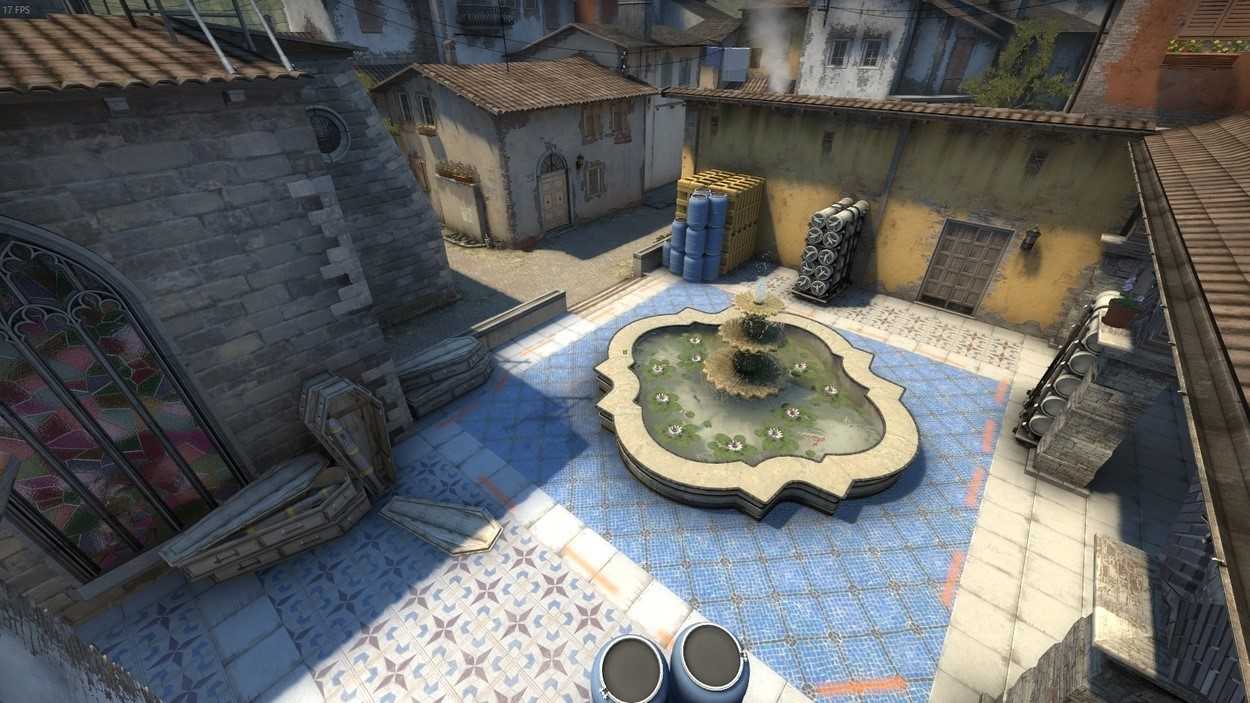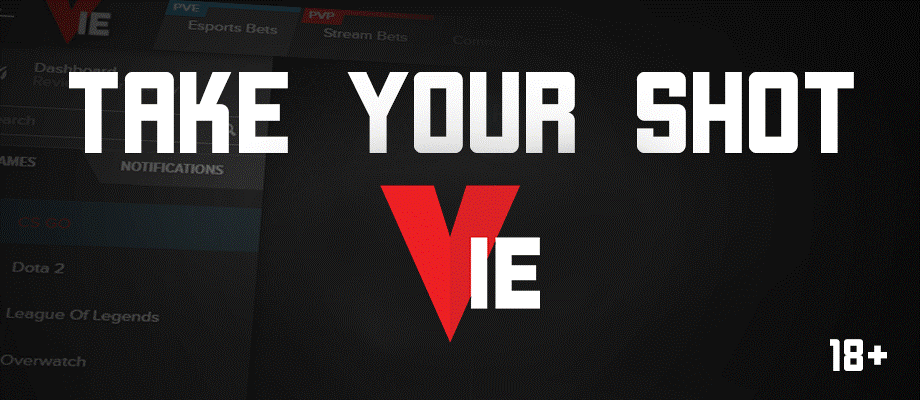What to Do after Reaching Global Elite and How to Improve Beyond Valve's Match Making System
What can you do after reaching the infamous Global Elite rank?
What can you do after reaching the infamous Global Elite rank?
First of all, let me just start by saying the cold-hard truth. You’re probably still far from being a great player. Yes, you might have an amazing aim and know the basics of playing in a team environment, but CS:GO has a gigantic skill-ceiling and that’s why you see players like Mathieu "ZywOo" Herbaut, Oleksandr “s1mple” Kostyliev, or Nicolai "dev1ce" Reedtz way ahead of their professional competition.
Matchmaking can only teach you so much, and honestly, it’s easily one of the worst ways to learn about one of the fundamentals of CS:GO - teamwork. But this article is here to help you! Before we start, a quick disclaimer that this article is aimed at less experienced players, as the ones that are aware of all the intricacies of the community know most of, if not all these resources.
Although I say that Matchmaking is one of the worst ways to learn, I still recommend to reach it before going to other paths. And why is that? Well, a few years ago when CS:GO launched, it was not uncommon to find some well-known names within the community playing at that level, namely some professional players like Jarosław "pashaBiceps" Jarząbkowski or Nathan "NBK-" Schmitt.
Nowadays, with other services surfacing and getting better every day, as well as the player count going consistently up, there are thousands and thousands of more players in Global Elite, which also leads to a decrease in skill level. So, what steps can you take to improve your level and reach new heights?
Easily one of the most well-known PUG services. You can look at it like a matchmaking system that’s external to Valve’s own service. But why is it better? Well, you have better servers with 128 tick rate, it’s free (although you can pay monthly for some premium features like better matchmaking pairings and veto priority), you have a veto system, and you even have a transparent level system that lets you know how far/close you are from the next level or rank up.
FACEIT is also widely accepted as the service where you can prove how well you play CS:GO, according to your level in the platform. Ranging from 1 to 10, the highest leveled players are mostly acknowledged as having a better understanding of the game and skill. Naturally, you can still find some players that look like they were boosted or simply playing badly, but hey, that comes with every PUG or Matchmaking service.
You also have access to countless tournaments - some more casual that reward FACEIT Points (a currency used on the website to claim some prizes), and others that serve as qualifiers for national or international tournaments where you can even find and face some professional players.
Oh, and didn’t I mention there’s also a mandatory anti-cheat system?

ESEA is easily the oldest of the most popular matchmaking services. A few years ago it was only widely used in North America, but it has since been able to expand in popularity to the rest of the world. Although it also serves as a paid PUG service like FACEIT, it has something that is essentially what keeps the platform alive and prospering - the ESEA League.
Played in seasons that last for about 4 months, the ESEA League is composed of 5 divisions, with only one of them being open for any player, the Open Division. The other ones are, from bottom to top - Intermediate, Main, Advanced, and MDL (also known by its previous name, Premier). Not only that, but it’s one of the ways to qualify for the elusive ESL Pro League, although the next season is already confirmed to not award a spot.
The ESEA League is where teams, amateur or professionals, come to play for monetary rewards and to climb up on the rankings. The seasons are split into two phases - the regular one, where you play with different teams from your league in Bo1, and eventually the playoffs, where the top X teams (according to the league and the number of teams participating) play a Bo3 Double-Elimination Bracket (or single, depending on the division). The top teams of each division go up a division (or several, if they win the division. For example, the winner of ESEA Open goes straight to ESEA Advanced).
These leagues have a fee to participate to allow for maintenance and scare away potential teams that will play one or two matches and then just give up. There are also very active forums for players looking to find others to create a team and sign up for a league. Some well-known professional players started out like this, by grinding ESEA Leagues and eventually standing out from the rest.
In case you still didn’t notice, I’m talking a lot about playing in a team environment, and that’s on purpose. CS:GO is a team-based game, and only by learning how to play with one will make you a better player. As I’ve said at the beginning of the article, yes, you might have good aim and know all the Smoke alignments, but there’s so much more to CS:GO than that. I’ll give you some food for thought: why do you think that some players that won a Major in the past, like Fabien "kioShiMa" Fiey, now seem unable to get out of Tier 2? Simply because the team game is not as good as the teams he had in the past. Sometimes, even the smaller details make a world of difference.
Grab a few friends or find some players online and start practicing. There are several Facebook groups to find some praccs, or even Pracc Finder, to find other teams to play against and practice. Remember that the goal of praccs is not to win, but instead to try out and see what works and what doesn’t. After that, just try to participate in as many tournaments and qualifiers as possible, as match experience is invaluable and will make you learn so many details of the game, it’s not even funny.

Oh, the elusive demo. So many players use them to get better, but why? Demos are a recording system used in CS:GO. There’s a demo available publicly available to download for every professional match and you should use them.
Let’s say you’re an AWPer trying to get better on Inferno. Well, why don’t you download the demo from the last DignitasVIE match on Inferno to watch how Håkon "hallzerk" Fjærli moves around the map and what peeks he does? Better yet, you can learn how the entire team moves, what positions they hold, and, above all, how they react to different stimuli around the map and with the information gathered.
One tip: the best place to learn is with teams that are jumping from the Tier 2 scene to Tier 1. As the meta is very solid on the Tier 1 scene, it’s teams from the Tier 2 that have to bring into the table new and improved strategies to surprise the big dogs when they have a chance to face them. Several world-renowned IGLs like Sean "seang@res" Gares have already said it in the past, and I bet there are others who do it as well but never talked about it.
Above all, just be ready to grind the game if you want to get better. Learn new stuff on YouTube or Twitch, grab demos and spend 1 hour every day analyzing them… there’s a reason the best players in the world have an ungodly amount of hours registered on their Steam accounts.
Thank you for reading the article and hope you enjoyed it! You can reach out to me for feedback or suggestions via Twitter.
Visit our partner Vie.gg for the safest market and best customer care in esports betting.
Must be age 18+ and reside in a country where online gambling is legal. Gamble responsibly
